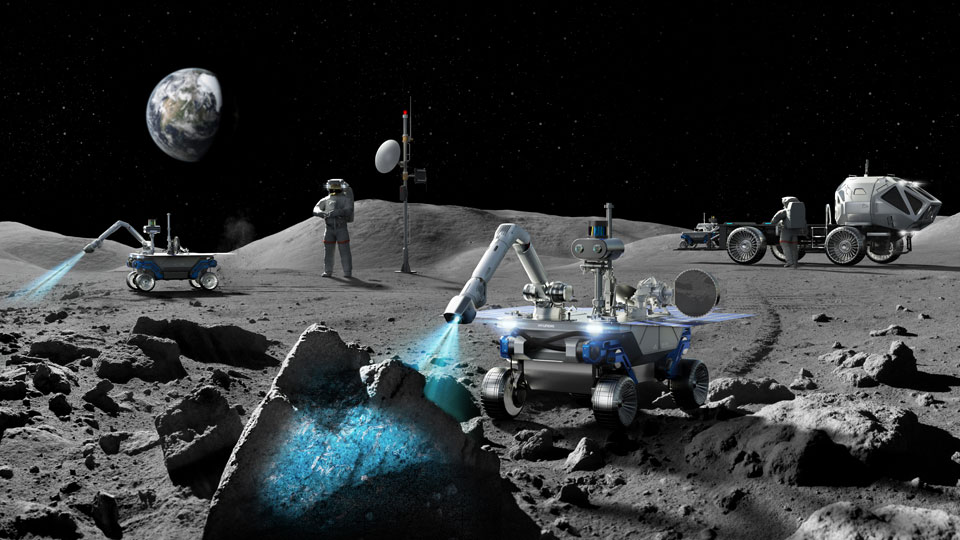HMG will utilize components from its automakers, Hyundai and Kia. The rover will feature various technologies from the brands’ cars, like electric motors, wheels, batteries, suspension bits, cameras, and more. The rover’s lower section will house the group’s various components, while the upper half will hold the scientific payloads for digging, excavation, and human exploration.
The rover will have thermal management capabilities and radiation shielding to survive in the Moon’s harsh environment. The group hopes to one day land the rover near the Moon’s south pole area to complete experiments. It’ll be solar-powered, feature autonomous driving capability, and weighs around 70 kilograms (154 pounds).
However, before the rover reaches the moon, HGM will conduct “mission-based performance testing” in an environment similar to the Moon’s surface. The group hopes to develop and deliver a versatile mobility platform that can handle a variety of lunar payloads and scientific needs.
HMG isn’t alone in its endeavor, signing an agreement with six Korean research institutes in the aerospace sector in July 2022. It’s working with various organizations such as the Korea Astronomy and Space Science Institute, Korea Aerospace Research Institute, the Korea Atomic Energy Research Institute, and others. The institutes are helping run and support a consultive group to develop the rover.
The company and its subsidiaries are interested in more than just cars. At 2022’s CES, Hyundai presented a future filled with robots, emphasizing the mobility of things. The automaker showed off several useful robotic platforms that could one day help people get around and maybe explore the Moon
Hyundai also owns Boston Dynamics, the pioneering robotics company, giving HMG a breadth of technology and expertise in building its lunar exploration rover. We’re excited to see the finished product and hope it will one day traverse the Moon.
Source: Hyundai Motor Group

